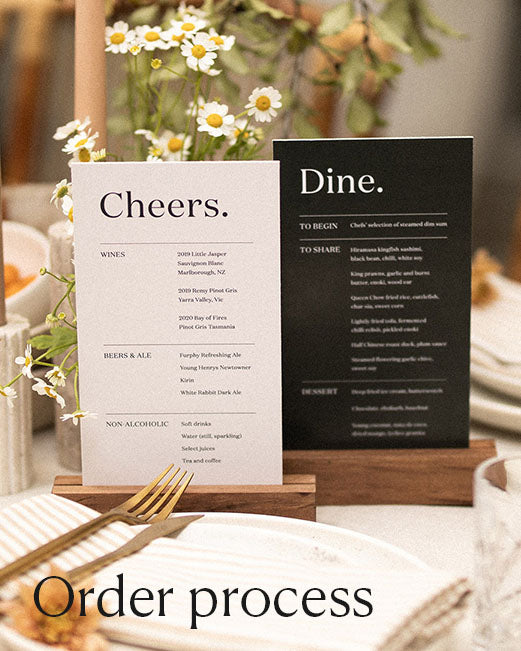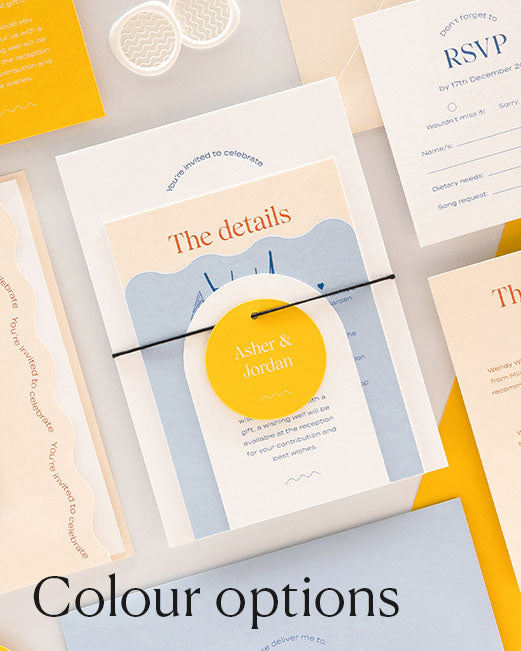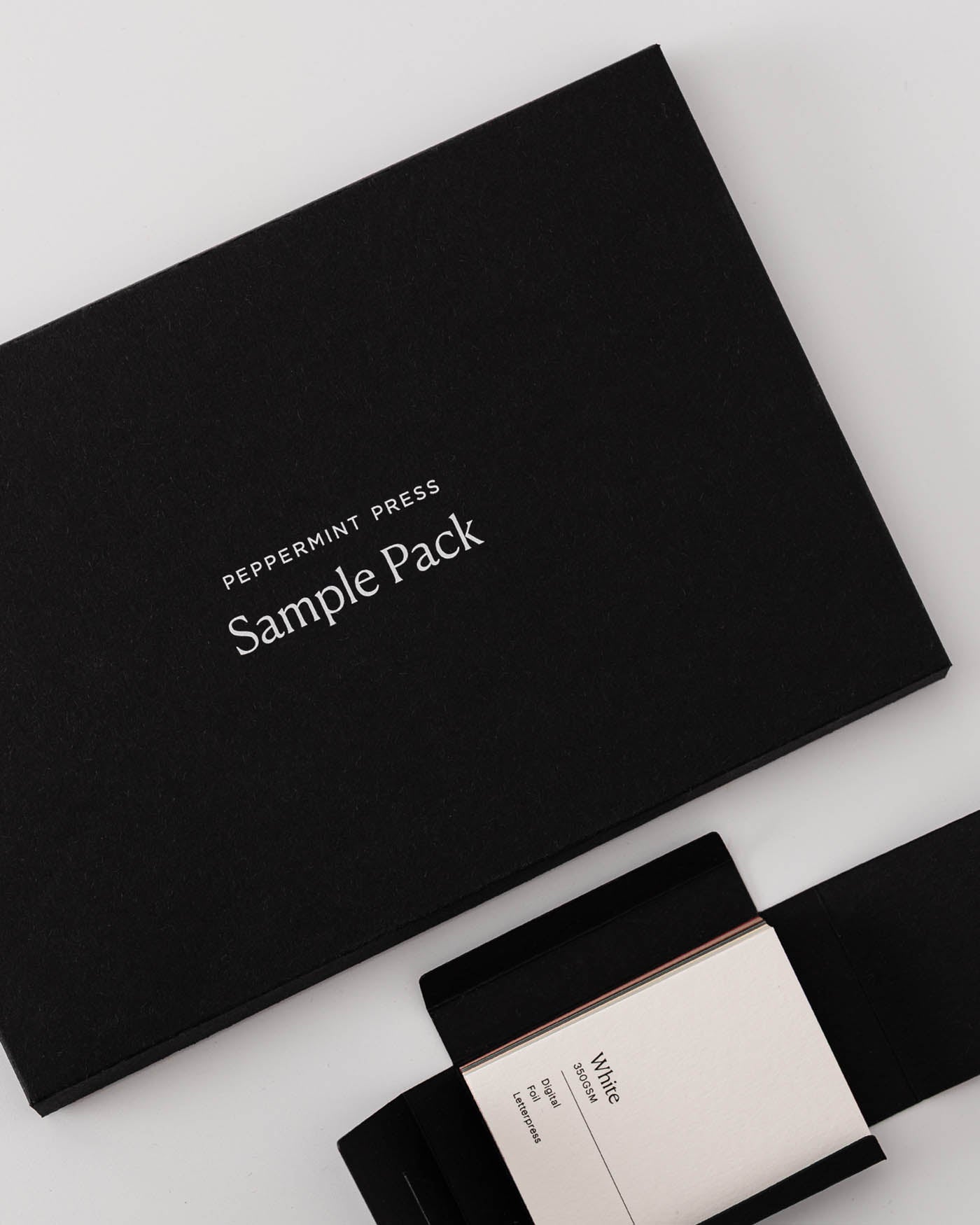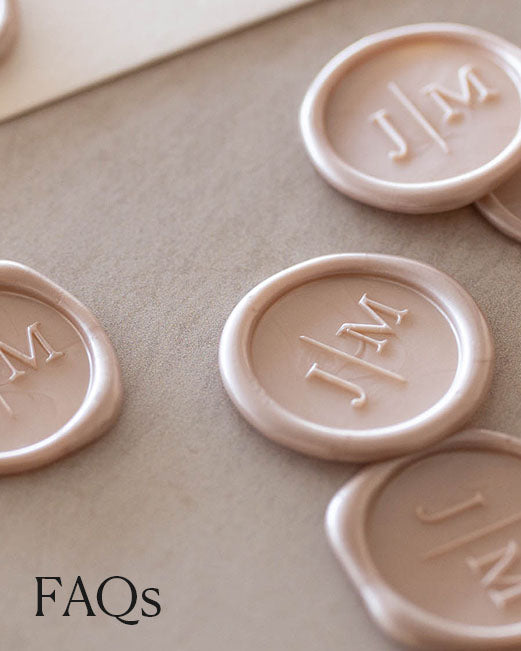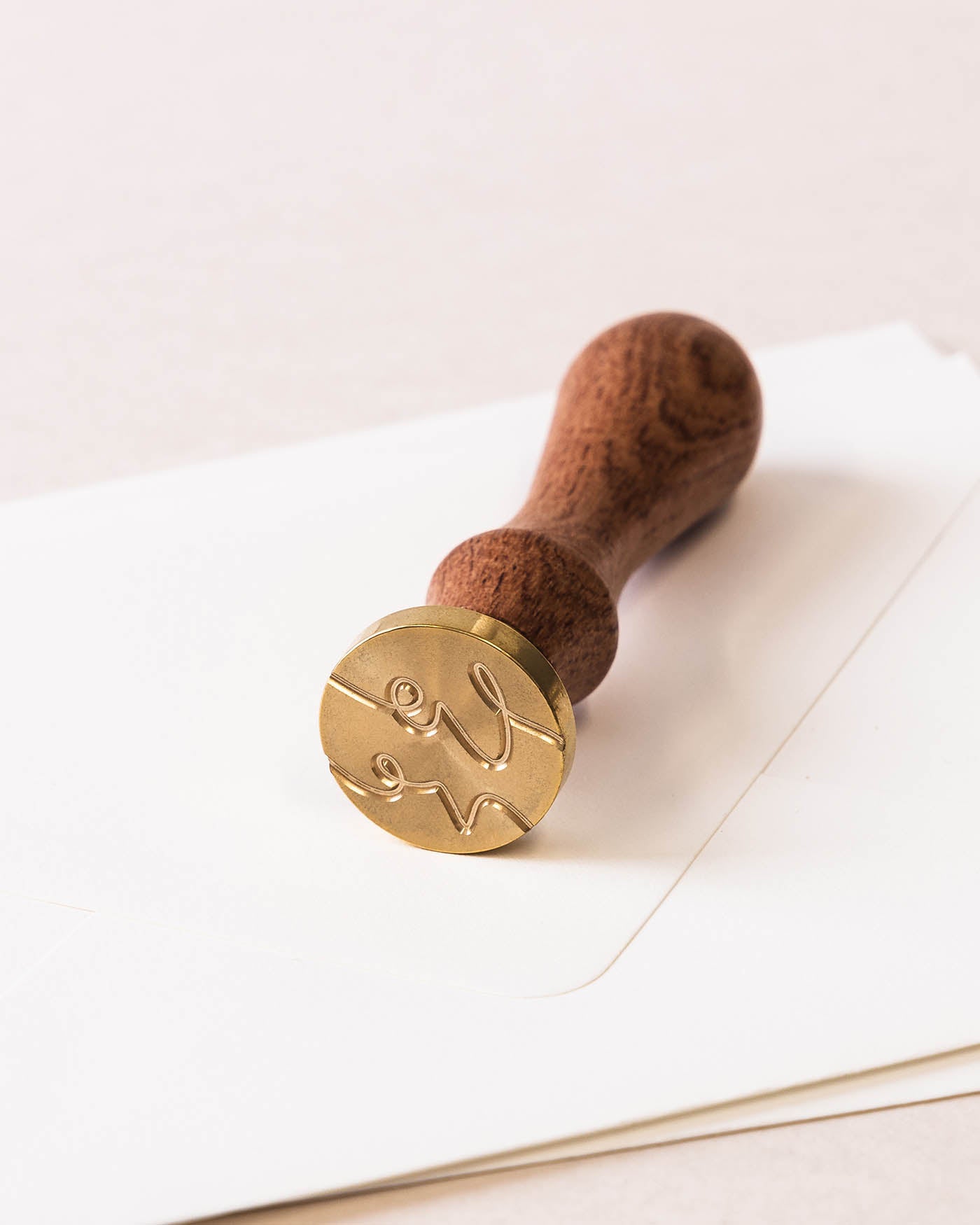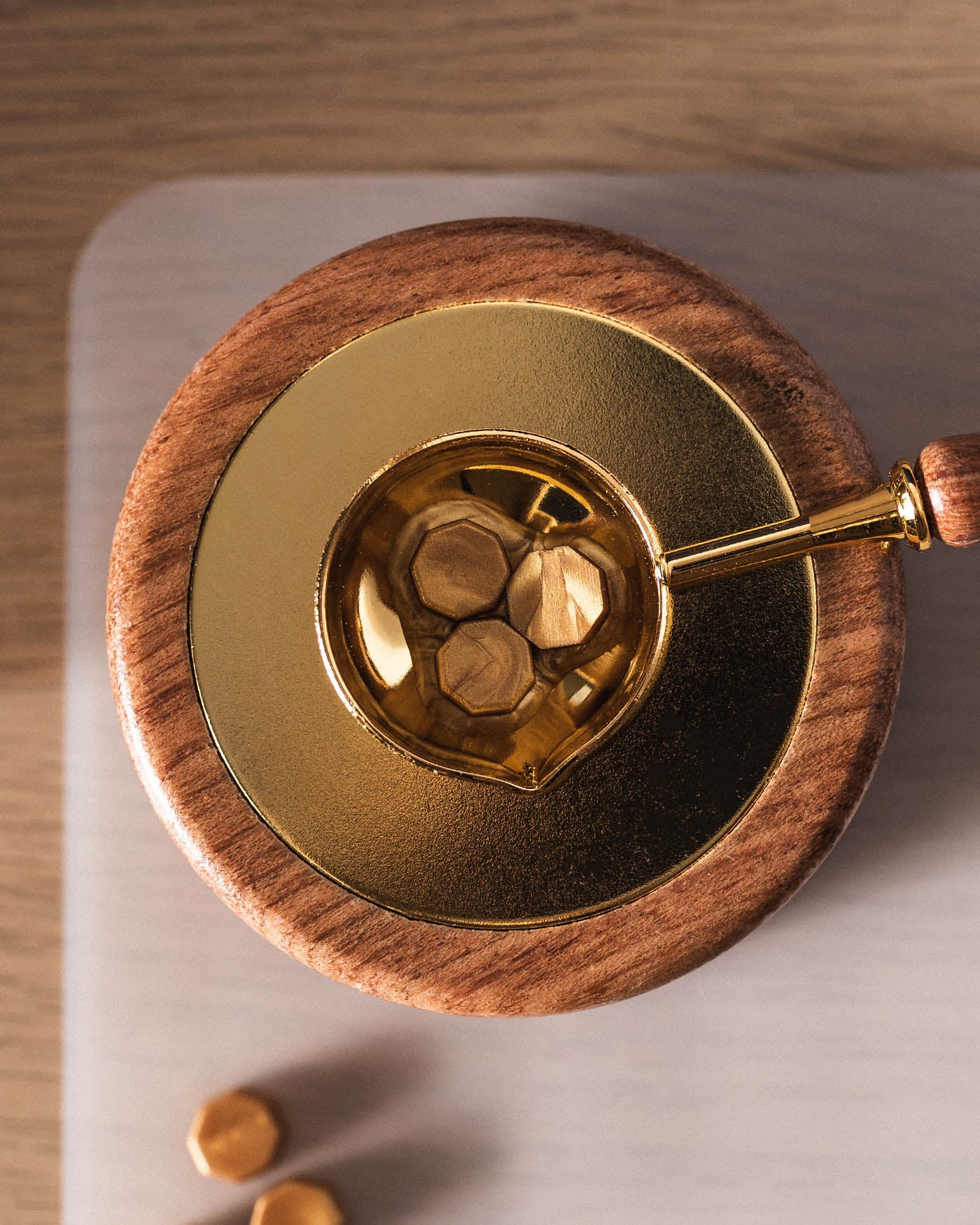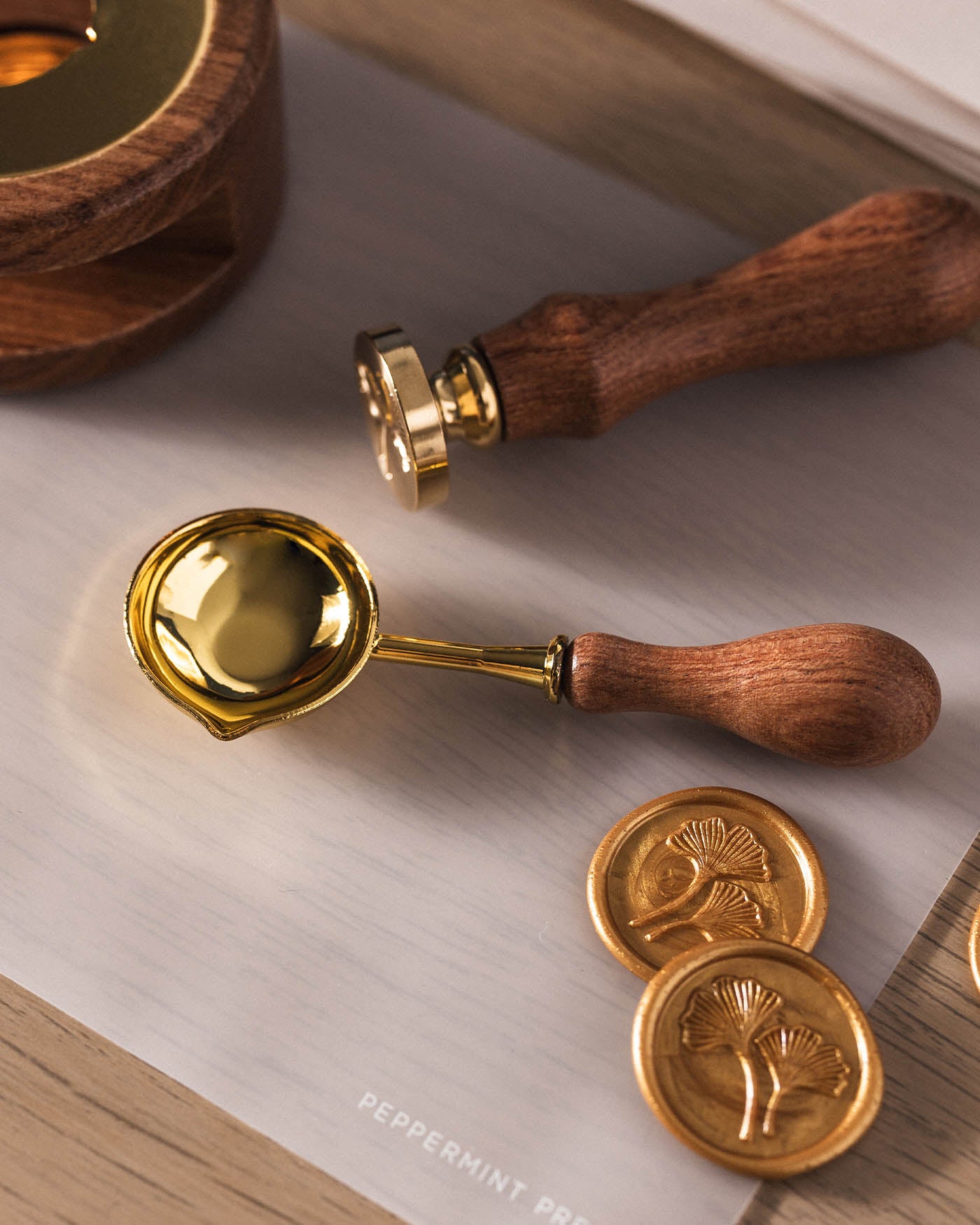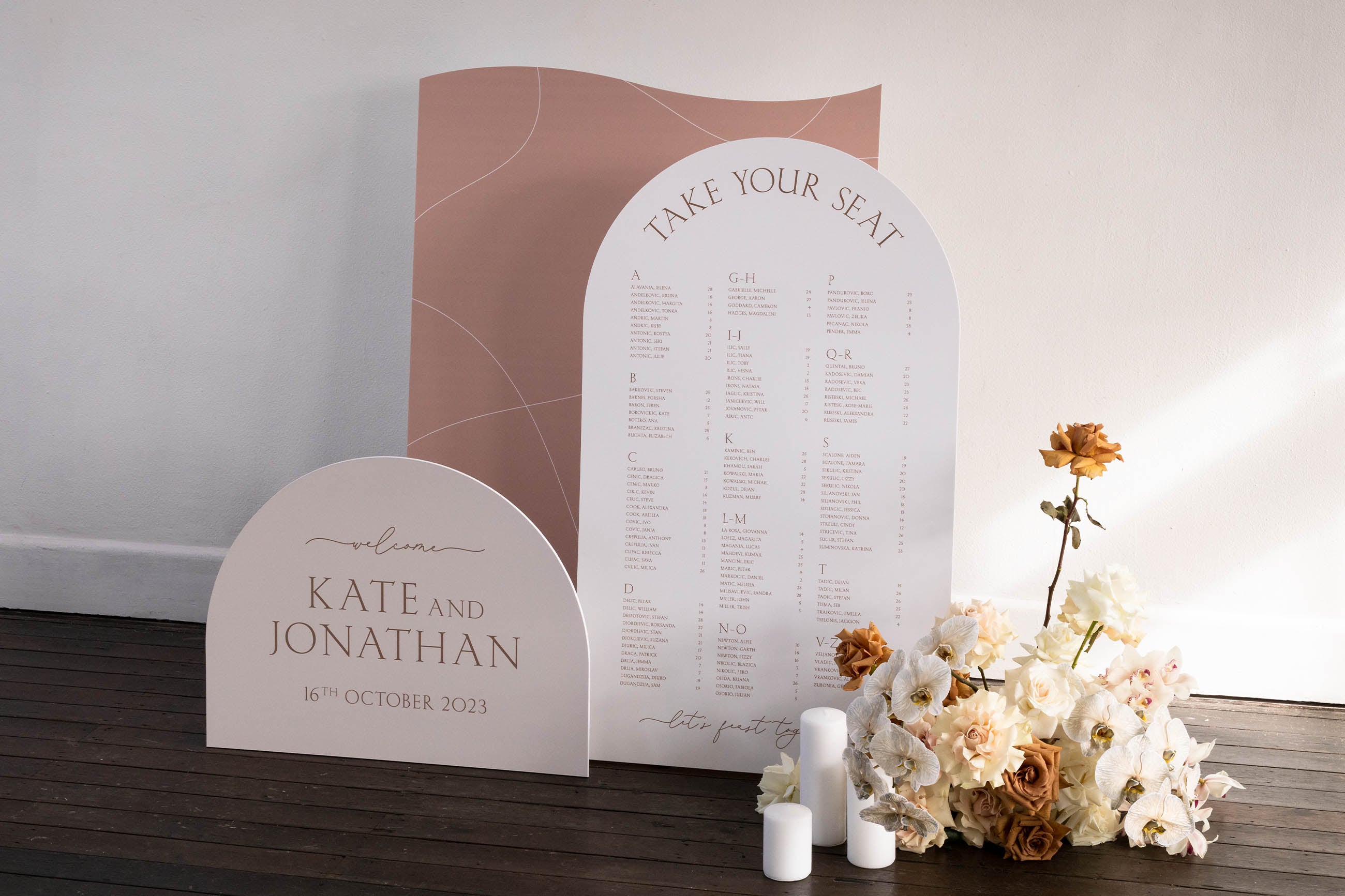Your reception will undoubtedly become one of the most precious moments from your wedding day. However, it can also be one of the most complex parts to plan. This is especially true with regards to wedding seating charts. Deciding who sits where at your reception is notoriously difficult due to the logistics of the event (including factors such as the floor plan, number of guests) and the many traditions associated. Additionally, you'll also want to create an optimal social dynamic that prevents any conflicts. In this article, we cover absolutely everything you'll need to know about wedding seating charts, helping you get it right the first time round.
The tricky task of seating your wedding guests
It's not uncommon for your parents to be divorced and remarried. Your single friend might loathe the idea of being placed on a matchmaking table. And you've probably got that one friend coming in from Europe who knows no one but the couple themselves. Seating your guests at your reception is tricky.
Creating a wedding seating chart might involve a little work, but with a little organisation and some reflection, a wedding seating chart at your big event can help to create a wedding reception that flows and bursts with social success!
Here's everything you'll need to know about wedding seating charts.
Do I really need a wedding seating chart?
Whether or not couples need wedding seating charts is a topic that many grapple over. Without one, you'll allow guests to enjoy the day how they like and with who they choose. You'll be opting for the less traditional option. But choose to make one, and you'll be able to create interest groups, allow single guests to make connections quicker and you'll also be able to preempt any potential drama (let's hope not!).
So when considering whether or not to use a seating plan, we would argue that yes, it is very helpful. Ultimately, if your wedding has more than 20 guests or you're having a sit-down meal, integrating a table plan seamlessly into your plans comes highly recommended. In doing so, you will be able to prevent confusion and awkwardness for couples and families trying to find seats together, you'll be helping out caterers (identifying guests with food allergies or dietary requirements) and you will ehance a positive social environment; match making your loved ones with people they might not typically talk to!
Not having a sit down meal at your wedding? Well then you might not need a seating chart. However, make sure to provide more seating than is necessary so that your single best friend doesn't end up having to sit at the grandparents table.

Who typically sits where at a wedding reception?
As we mentioned previously, there are a number of traditions associated with wedding seating charts and who sits where at a wedding. Here's some information that will help you get started:
Table one/the head table
At your wedding reception, 'table one' can mean a number of different things, depending on how you decide to arrange your seating plan.
Sometimes, newlyweds decide to place one long rectangular head table or round table at the focal point of the room. In this case, traditionally the groom sits to the bride's right and the best man sits to her left. The maid of honour then sits to the groom's right. Depending on how large the table is, the other attendants can also be seated near the couple. For example, you might like to invite your parents to sit at the head table with you. Ultimately, the composition of your head table is determined by you, your preferences and any traditions in your family.
Wedding planners also refer to something called a 'sweetheart table'. Essentially, this is a smaller table placed at the front of the room where only the bride and groom sit. Some couples like to choose this option because they want to spend this time together overlooking their loved ones. It can also be chosen if your parents are divorced and you want to avoid any uncomfortable scenarios during your meal.
Close family and friends
At a close family and friends table, the parents, siblings and perhaps closest friends of the couple are typically seated - facing each other. Typically, this is considered the second most important table and it is sometimes larger than other tables.
You might want to consider placing divorced parents at separate tables, and this is totally possible too. In fact, you could easily divide the close family and friends tables in two, meaning that you can add more important people to the mix (grandparents, godparents etc), whilst also avoiding feelings of awkwardness.
The rest
How you choose to seat the rest of your wedding guests is totally up to you. However, it is important to remember that you want your guests to feel super comfortable at your wedding (happy guests means a great wedding).
When organising your wedding reception seating, you'll probably consider whether to seat friends together or with strangers. While introducing some new faces can be a great idea (especially those with shared interests), it is important to keep in mind that guests tend to feel more at ease when they know some of the people at their table.
Try to seat people together who know each other best and avoid single guests amongst a large group of best friends. Consider mixing up two different friend circles at one table, so to avoid anyone feeling left out, whilst also encouraging new friendships!

Other wedding seating arrangement FAQs
What are the different kinds of wedding seating arrangements?
- Round table: Aiming for a traditional reception style? Round table seating is a fantastic option. This seating style works best with venues such as ballrooms and banquet halls and is considered one of the most effortless styles to organise.
- Rectangular tables: This style is perfect for couples who desire an intimate reception with a sizable guest count. At a family-style table, guests can sit down to enjoy an intimate dining experience.
- Serpentine: For couples looking to create a bohemian and relaxed atmosphere at their reception, a serpentine seating option is well matched. The snakelike layout is best suited for outdoor venues and serves as an excellent way to encourage guests to come together.
- Square tables: Planning a classic wedding? Square tables are a sweet option, as they offer the same benefits as round seating but with a romantic, rustic flare. Square tables are especially useful if you want to give guests more elbow room.
- U-shaped seating: For a modern reception style that works well both indoors and outdoors, consider the horseshoe or U-shaped seating arrangement. The arrangement involves connecting two parallel tables with the head table.
- One table/family style: Want to seat everyone together at one table? The family style seating option is great for creating a sense of togetherness and celebration. As one long table, it's great for small, intimate weddings.
Where should children sit?
When it comes to seating children at your wedding, it's important to keep their ages in mind. For older children (10+), providing them with their own table can be a fun and comfortable option for both the children themselves and other wedding guests.
Younger children (under 7) typically prefer to be seated with their parents or close by. By allowing for this, you'll ensure that all children are looked after, plus this means less noise and more organisation. For infants and toddlers under 2, it's best to check with their parents beforehand to see if they need a highchair.
To keep children entertained throughout the wedding, you could also go out of the way and consider providing each child with a personalised activity bag that's tailored to their age and gender. Otherwise, including a specific children's activity or craft table in your seating plan can be a great way to keep kids occupied and happy.

How should you seat divorced parents?
It is common knowledge that the head table at a wedding is typically reserved for the maid of honour, groom’s father, bride’s mother, groom, bride, bride’s father, groom’s mother, and best man. However, in situations where the parents are divorced, separated, or remarried, determining who should be included on the top table and where they should sit can be a daunting task.
One great way to avoid potential conflict at your event and to promote plain sailing is to abandon the top table altogether. Opting for a sweetheart table (only for the bride and groom) is one way to do this. Otherwise, venue permitting, you could choose long tables so everyone will feel included.
If you have a complex and political family structure then it may be best to consider and find a venue that will allow for personalised table arrangements.
Other tips for your wedding seating chart
Ask for your parents' help
When it comes to seating your parents' close friends at your wedding, it can be helpful to enlist the help of those who are closest to them. Enter, the parents! Consider asking your mother or your future mother-in-law to take charge of arranging these tables, as they may be happy to assist - after all, they are best placed to suggest who is best placed with who.
Organise guests by groups and interests
After finalising your guest list, the first step in seating chart planning is to group guests according to how you know them, such as family members, high school friends, college friends, and work friends.
Once you've done this, you'll have a great idea of the kinds of guests attending your wedding and it will help you to form a picture of who already knows each other.
At this stage, it will also be helpful to consider your guests' age, interests, and backgrounds. Finding commonalities between guests can help facilitate conversation and create a comfortable atmosphere.
Skip the singles table
Almost every resource you turn to will tell you; if you're looking to create a singles table, don't do it. Been dying to fix up your friend with your cousin? Find a place on the seating chart to seat these two next to each other, but don't let it be on a table of singles. It's a little obvious, and it can result in an awkward atmosphere. Some guests might even take offence.
Create the right wedding searching chart stationery
Once you've finalised your wedding seating chart, it's important that you implement all the right stationery. By designing a beautiful chart, table numbers and place cards, you'll ensure that your reception is seamless and organised (as well as super cohesive and beautiful).
Browse our list of on the day wedding stationery here.

When should I start creating my seating plan?
The best advice you will receive about your wedding seating plan is - start early! Before all of your RSVP responses come in, you can begin finding inspiration online; on Instagram, Pinterest and on wedding stationery websites. At this point, you can even contact your preferred wedding stationery provider and ask them about their process and deadlines, allowing you to set your own timelines for the process. There's no need to leave the choosing of your suppliers to the last minute.
At the point at which all RSVPs are in, you can finalise your seating plan. Use as many tools as you see necessary to do so - Canva, spreadsheets or simply pen and paper. Physically mapping out the tables can be very helpful at this stage.
Your wedding stationery provider will be about to guide you through the steps that follow. At Peppermint Press, we hold your hand through this stage, offering you the chance to give feedback rounds and making sure that last minute changes are taken into account before printing. Our timeless collections ensure that your table numbers, place cards and seat chart are all designed - visually and logistically - in perfectly harmony with each other.
Browse our wedding seating charts here.
Create beautiful, uncomplicated wedding seating charts by Peppermint Press
At Peppermint Press, we want your experience to be smooth, exciting and stress free. You'll work with one designer throughout your order, working to integrate your vision into your stationery to create pieces that reflect you as a couple and will make your day unforgettable.

